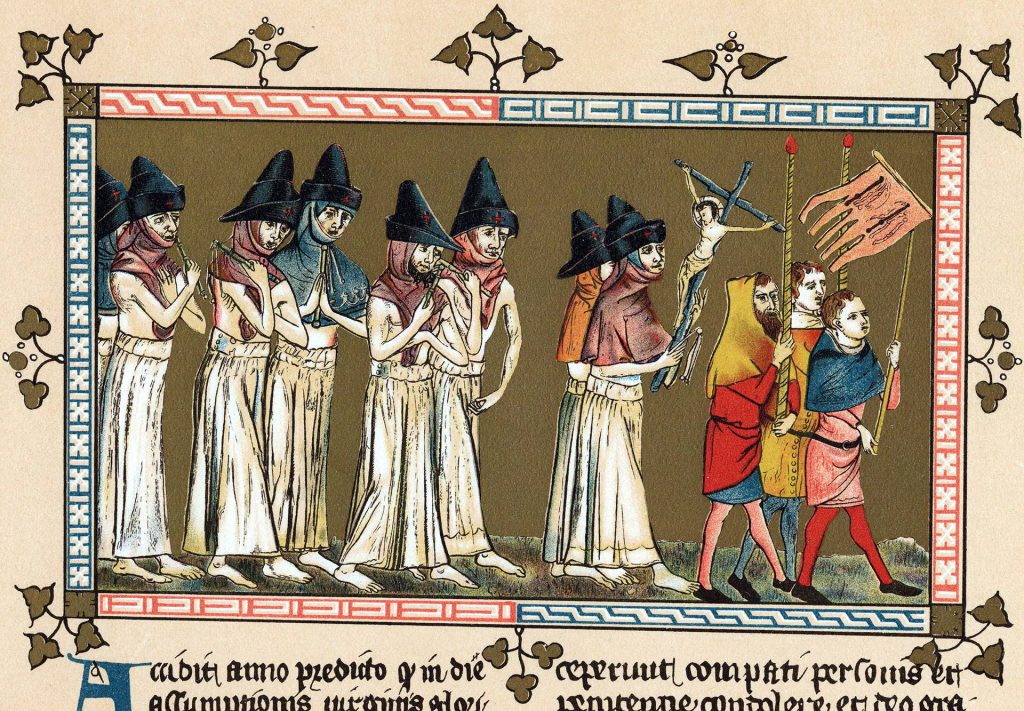The Black Death was the most devastating natural disaster in world history, killing an estimated 25 million people. Between headlines and horror movies, students are familiar with the concept of pandemics, and they have probably heard about the bubonic plague of the 14th century; however, they may not be aware of the disease’s deeper social consequences. The chaos unleashed from the Black Death shook many people’s religious faith and produced a climate of xenophobia and anti-Semitism that impacted some of Europe’s most vulnerable populations.
Help your students explore the social impacts of the plague with the following Investigate activity, “Living with the Black Death.” Sources featured in this activity include:
- Video lesson narrated by a master teacher
- Reference article on the expulsion of Black Death victims from towns and cities
- Primary source illustrations of 14th-century “flagellants” and the persecution of Jews
- Narrative by Italian Renaissance author Giovanni Boccaccio on avoiding the Black Death
These sources are paired with a worksheet, background information, and key vocabulary to help students answer the central inquiry question, “How did people respond to the Black Death in medieval Europe?”
This activity is part of ABC-CLIO’s World History: Ancient and Medieval Eras database, a comprehensive survey of civilizations, dynasties, and empires of the ancient and medieval world. Click here to activate your free preview of this database and gain access to more than 11,000 primary and secondary sources, 1,800 biographies, 240 Course Essential video modules, and critical thinking modules like the one included above.


